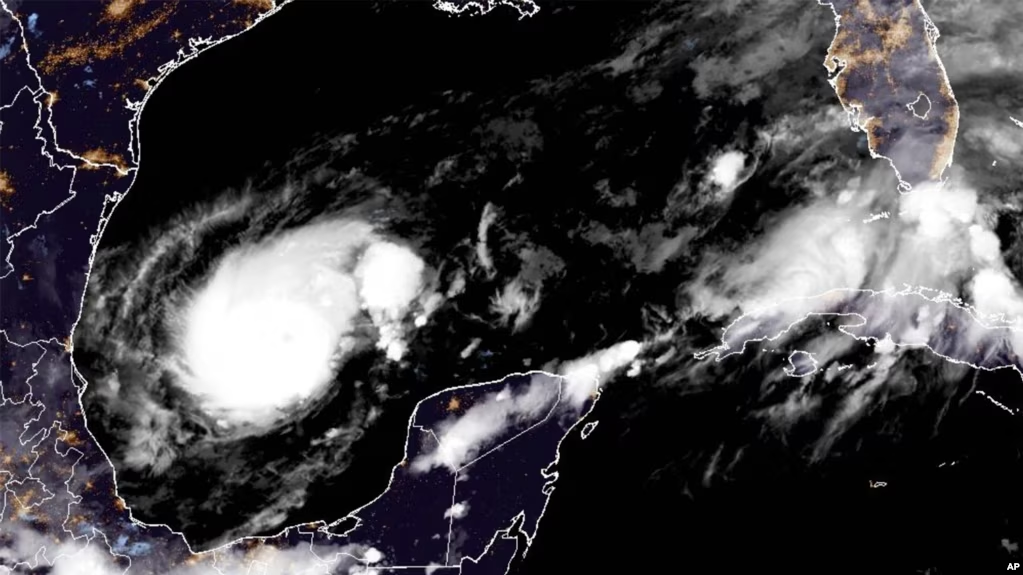Florida braces for mass evacuations as Hurricane Milton heads toward major population centers

Florida is preparing for what could be its largest evacuation in seven years as Hurricane Milton threatens to strengthen further into a major hurricane over warmer waters and head toward major population centers such as Tampa and Orlando. Hurricane Milton was “moving erratically eastward across the southern Gulf of Mexico” early Monday morning and could become a major hurricane later in the day, according to the National Hurricane Center. The center said the storm was centered about 220 miles west-northwest of Progreso, Mexico, and about 770 miles west-southwest of Tampa, with maximum sustained winds of 90 mph and moving east at 6 mph. The most likely path for forecasters shows Milton could make landfall in the Tampa Bay area on Wednesday and remain a hurricane as it moves across central Florida and into the Atlantic Ocean. That would largely spare other southeastern states from the effects of Hurricane Helene, which caused catastrophic damage from Florida to the Appalachian Mountains, with the death toll rising to at least 230 on Sunday. The hurricane center said the Yucatan Peninsula in Mexico, the Florida Peninsula, the Florida Keys and the northwestern Bahamas should be closely monitored for developments. Heavy rainfall is expected in Florida ahead of the hurricane on Sunday, and that amount could combine with Milton’s rain to flood Florida’s waterways and streets. Forecasters said some areas could see up to a foot of rain by Wednesday evening. Kevin Guthrie, executive director of the Florida Department of Emergency Management, said during a briefing Sunday that Florida will be drawing on lessons learned from Hurricane Irma and other hurricanes to provide emergency fuel for gas-powered vehicles and charging stations for electric vehicles along evacuation routes. “We are looking at every potential site that could become what we in emergency management call a ‘shelter of last resort’ that could hold people who need to take shelter,” Guthrie added. Hurricane Milton is rapidly strengthening and is likely to become a major hurricane before it hits the storm-ravaged Gulf Coast by the middle of the week. Florida Gov. Ron DeSantis said Sunday that while it remains to be seen where Milton will hit, it’s clear that Florida will be hit hard — “I think at this point we’re going to be significantly impacted in any scenario.” With Milton reaching hurricane status, it’s the first time since September that three hurricanes have been in the Atlantic at the same time, said Phil Klotzbach, a hurricane scientist at Colorado State University. In the past August and September, there have been four hurricanes in the Atlantic at the same time. DeSantis expanded the state of emergency designation to 51 counties on Sunday and said Floridians should prepare for further power outages and chaos, make sure they have a week’s worth of food and water, and be ready to evacuate at any time. “We are preparing for what could be the largest evacuation since Hurricane Irma in 2017,” said Guthrie of the Florida Department of Emergency Management. At that time, about 7 million people were urged to evacuate Florida. Guthrie said people who live in homes built after Florida’s toughened building codes in 2004, don’t rely on continuous power and are not in evacuation zones should avoid traveling. As Milton approaches, all classes and school activities in St. Petersburg and Pinellas County are closing early from Monday through Wednesday. Tampa officials are opening all downtown parking lots for free to residents who want to protect their cars from flooding, including electric vehicles. Those vehicles must be parked on the third level or higher of every parking lot.





